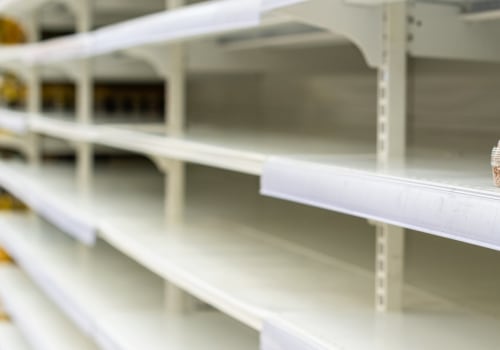The three responsive supply chain models are the agile model, the flexible model, and the custom-configured model. These models are ideal for “on demand” situations. They are ideal when there is a level of uncertainty in the manufacturing of the product. This is one of the most traditional models on the list.
The continuous flow model is the best option for industries and companies that operate with stability. Stability is essential for this model because it is required at both ends, that is,. On the manufacturer and the buyer. This model is suitable for companies that produce a uniform set of products and that can expect a stable level of market demand.
As the name suggests, goods flow continuously in this model and is based on the stability of supply and demand in the market. The systems of this type of supply chain management method are aligned to ensure a continuous flow of goods. The fast chain model is one of the new names in supply chain strategies. It is suitable for companies that have product lines with short life cycles.
For example, a fashion designer may have a specific line of designs in a season. The company needs to bring the fashion line to the market to maximize returns, since it is usually based on current trends. Because supply chain efficiency can increase a company's competitive advantage, this model is generally considered to be the best among the various types of supply chain integration. The efficient chain model has been designed for hypercompetitive industries.
Under this model, the ultimate goal is to maximize efficiency. Following the efficient chain model, the organization is expected to create adequate production forecasts in order to prepare machinery and raw materials accordingly. The agile model is suitable for companies that deal with specialized items where products may require special care in the supply chain. This model is usually adjusted for the product it is used for.
The agile model is known for the experience it requires to transport goods from point A to point B and not so much for the automation or technology involved. Supply chain companies that follow the agile model may charge a higher price for their services. Compared to the efficient chain model that thrives with large volumes, the agile model is only cost-effective until a volume threshold is reached. After that, it can be costly to follow this model.
The custom-configured model needs customized configurations during the assembly and production stages. It is a combination of continuous flow and agile methods in which the product being manufactured may require additional customization, but must work from start to finish. It is often used for prototype design and small batch manufacturing. The custom configuration model requires additional investment by the company compared to more traditional models.
The flexible model can manage high demand during peak season and adapt quickly to a period of scarcity with low demand. To execute a flexible model efficiently, a company needs the right supply chain management software and the right people with the knowledge base to operate a flexible model with high efficiency. How to effectively monitor Scope 3 emissions from your supply chain. A supply chain is a network of businesses, resources and suppliers used to manufacture and distribute a specific product.
There are four types of supply chain models depending on the nature of the business and business objectives. Supply chain management (SCM) is the oversight of materials, information, and finance as they move through a process from supplier to manufacturer, wholesaler to retailer and then to consumer. This model requires careful management of the inventories and delivery methods needed to move supplies along the supply chain, which can be done on several production lines and in several locations. The purpose of this supply chain model is to constantly replenish inventory by notifying suppliers daily of actual sales or shipments to the warehouse.
When purchasing products, companies must consider the delivery time and how a supplier can meet those needs. Traditional supply chains had a more localized, bottom-up approach that required working closer to the supplier. A supply chain encompasses everything from the delivery of source materials from the supplier to the manufacturer to their final delivery to the end user. Supply chain management (SCM) represents an effort by suppliers to develop and implement supply chains that are as efficient and economical as possible.
A supply chain begins with the delivery of raw materials from a supplier to a manufacturer and ends with the delivery of the finished product or service to the end consumer. . .






